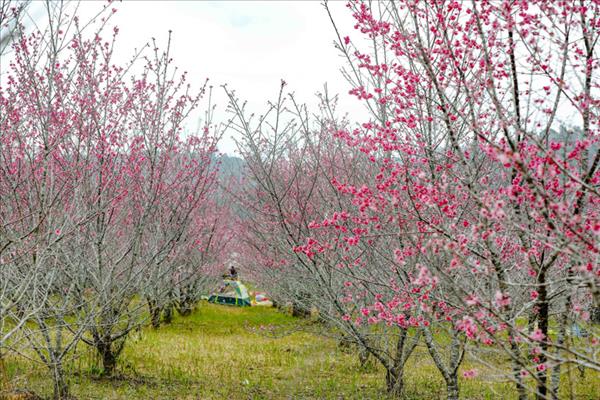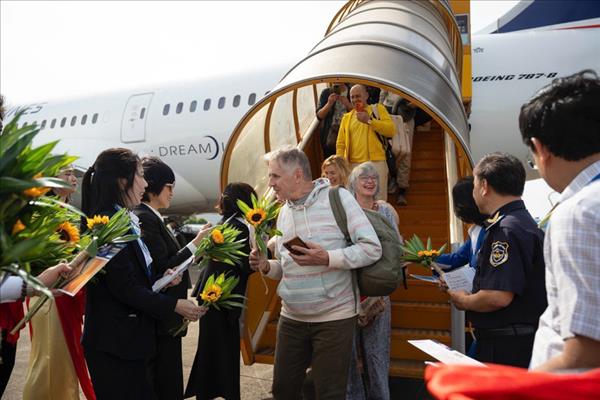Taking place at the provincial museum, the exhibition features more than 500 photos, documents, and objects that tell the story of Quan ho.
Quan ho is an art form that combines various elements, including music, lyrics, and costume, and features the distinctive culture of people in the region, formerly called Kinh Bac.
It has different sub-genres, including hat chuc, hat mung (literally meaning greeting singing), hat tho (ritual singing), hat canh (a singing competition between Quan ho choirs from different villages, which takes place in the evening during the spring festival), and hat hoi (festival singing).
After its recognition as an intangible cultural heritage of humanity, the provincial authorities have paid more attention to preserving the art form. These include preferential treatment for Quan ho artists; open classes where artists can teach younger generations; and initiatives to collect, record, and compile more than 500 Quan ho folk songs.
The exhibition is classified into three categories, one of which introduces Diem village, which is considered the birthplace of Quan ho music.
The second category gives insight into traditional Quan ho cultural spaces and the practice of the art form in contemporary society.
The last category showcases the outcomes of preservation efforts, including several communications campaigns, education programmes, and preferential policies targeting Quan ho artists.
The event will last until March 5.
VNA/VNP

















